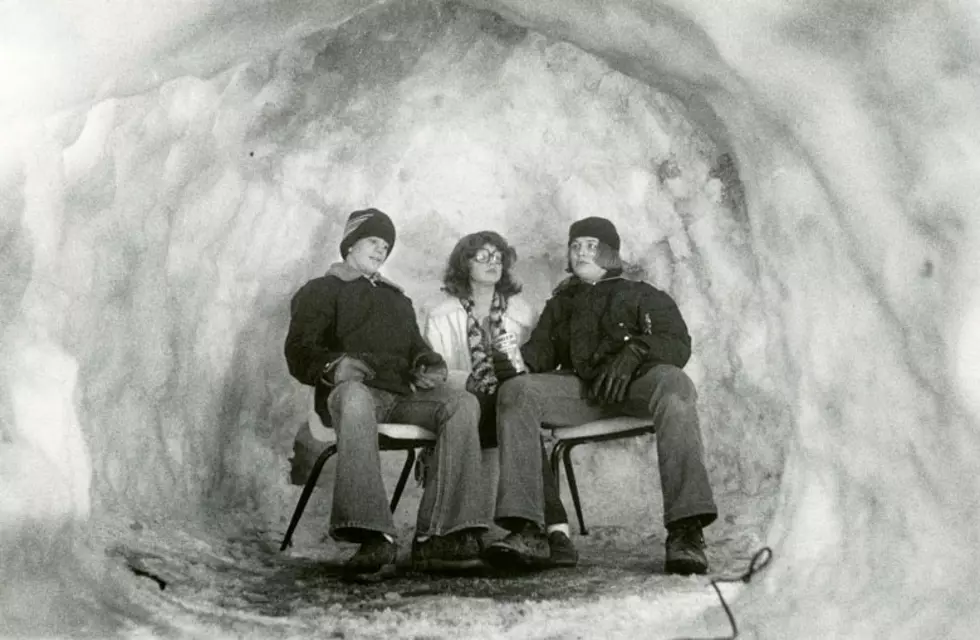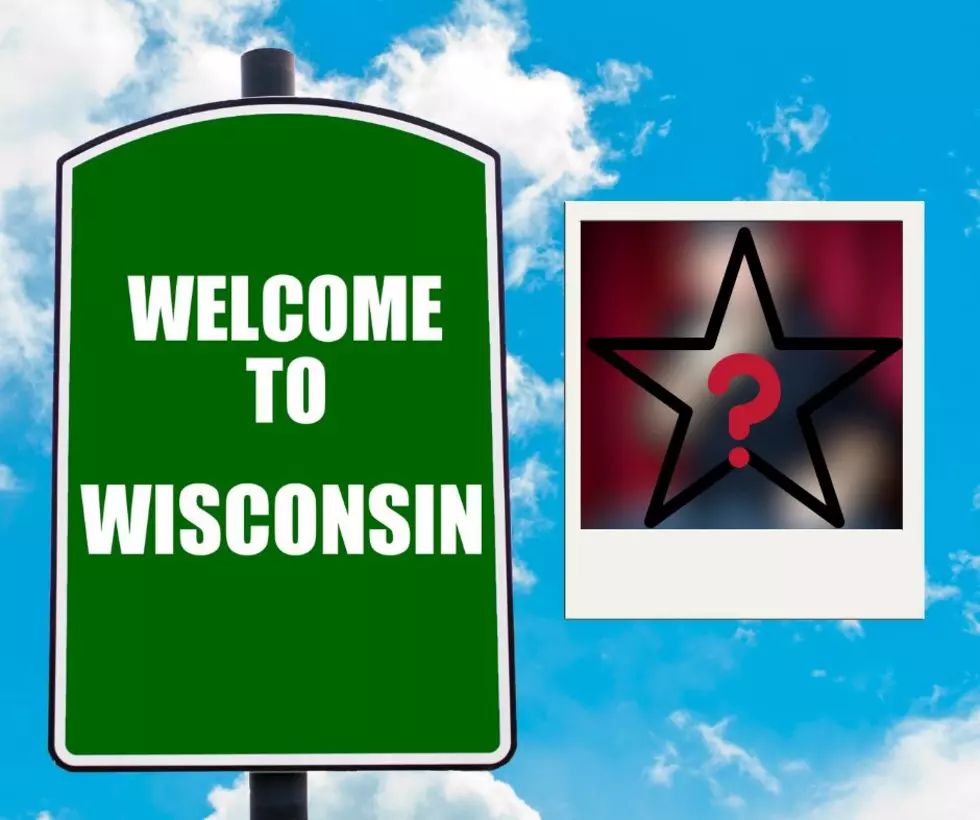
The Great Blizzard of 1978: A Historic Winter in Northern Illinois
The winter of 1978 will forever be remembered in northern Illinois as one of the most severe and devastating in the region's history. Dubbed the "Great Blizzard of 1978," this massive snowstorm cut a swath of destruction through Indiana and Illinois, leaving behind a trail of damage and chaos.
The Storm
The blizzard began on January 25, 1978, and lasted for three days, dumping over 20 inches of snow on parts of northern Illinois. The storm was caused by a combination of factors, including a low-pressure system that moved in from the Gulf of Mexico and a high-pressure system that was located over Canada. These two systems collided, creating the perfect conditions for a massive snowstorm.
The snowfall was incredibly heavy, with winds of up to 50 mph, causing snowdrifts as high as 15 feet. The National Guard was called in to assist in rescue and recovery efforts, as many people were stranded in their homes and cars. The snow was so deep that it buried cars, buses, and even houses.
Impact
The impact of the blizzard was severe and far-reaching. The snowfall disrupted transportation and communication systems, causing widespread power outages and making it nearly impossible for people to travel. Many small towns in northern Illinois were cut off from the rest of the world for days, as roads were impassable and phone lines were down.
The storm caused an estimated $1 billion in damage, which was a significant amount at the time. The heavy snowfall collapsed roofs, causing widespread damage to homes and businesses. The agricultural industry was also hit hard, as the heavy snowfall and strong winds destroyed crops and killed livestock.
Legacy
The Great Blizzard of 1978 is a significant event in the history of northern Illinois. It had a lasting impact on the region, both in terms of the physical damage it caused and the way it changed the way people thought about winter storms.
In the aftermath of the storm, many towns and cities in northern Illinois adopted new emergency preparedness plans and implemented new technologies to help them better respond to future winter storms. The blizzard also led to an increased awareness of the importance of emergency planning and preparedness, and many communities began to take steps to ensure that they were better prepared for future severe weather events.
The Great Blizzard of 1978 was a historic event that brought the region of northern Illinois to a standstill. The snowstorm caused significant damage and disruption, but it also served as a wake-up call for communities to be better prepared for severe weather events. The legacy of the blizzard lives on in the memories of those who lived through it and in the lessons that were learned in its aftermath.


